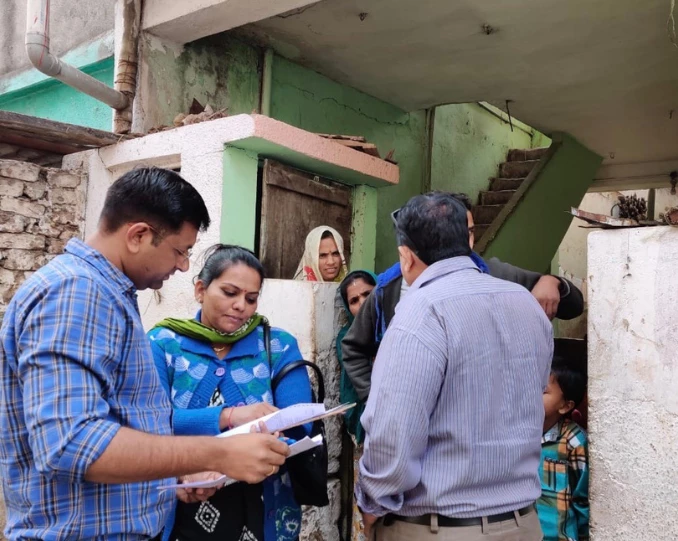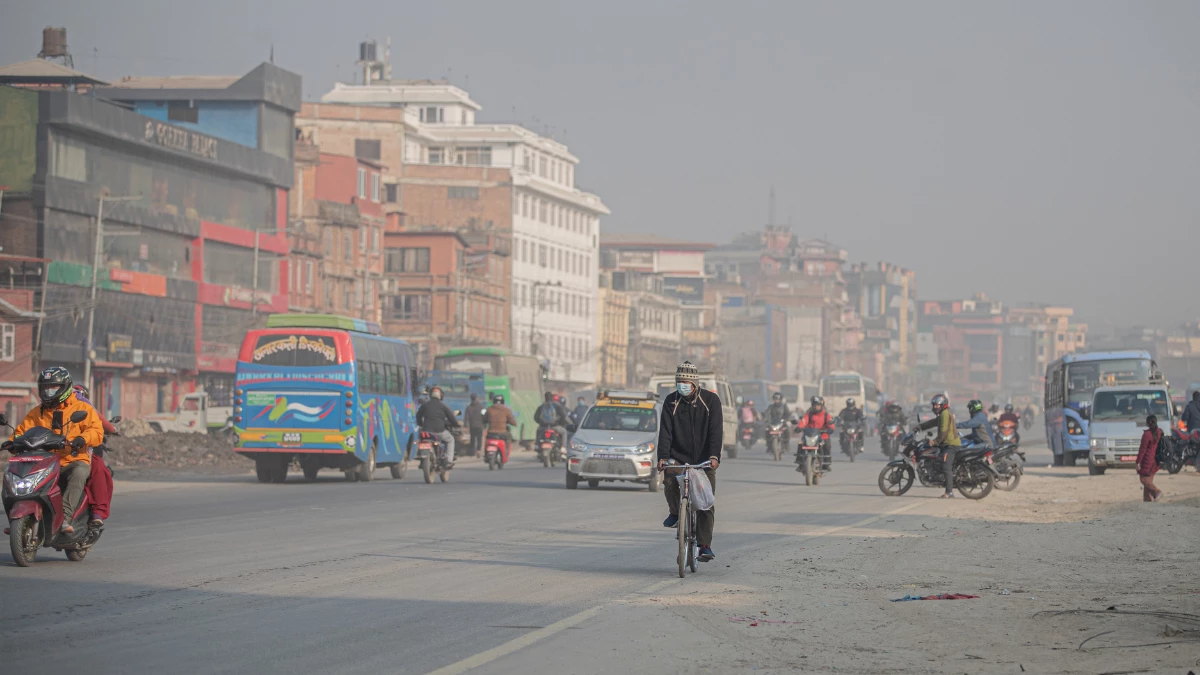Surveillance
Public health surveillance is the continuous, systematic collection, analysis and interpretation of health-related data.


About our public health surveillance work
As part of their work with the Partnership for Healthy Cities, urban centers are enhancing their public health data and monitoring systems by:
Conducting a population-based survey of risk factors for NCDs/injuries; or
Undertaking targeted air monitoring to identify important emissions sources and their impact on ambient air quality and health.
City activities
Read more about our cities working on public health surveillance around the world:

Air pollution in Nepal poses a serious public health risk. Kathmandu is installing air quality sensors in key locations with the hope that reliable and consistent data will provide the city with a better understanding of the challenges and potential solutions.
More than 90% of the world's population breathes polluted air.
Each year, 17 million people die from a NCD before the age of 70.
Explore further

The statement, signed by eight Partnership mayors, was published as world leaders gathered for COP28 in Dubai, United Arab Emirates.

In 2023, the city released its report on a household survey of noncommunicable disease risk factors.

Bucharest City Hall, together with Center for Sustainable Policies Ecopolis, installed a new network of sensors to monitor the air quality in the capital city.